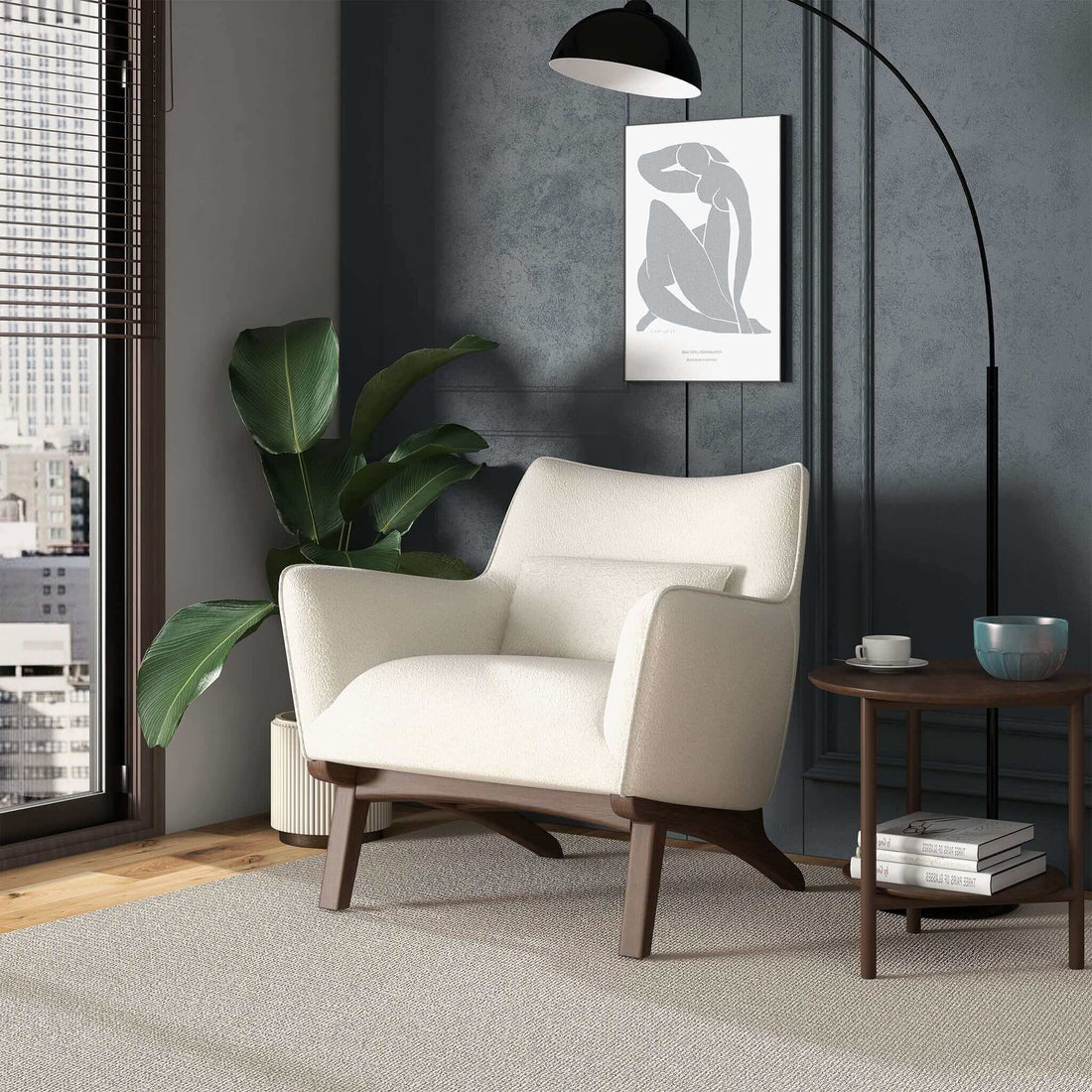
The Essence of Mid-Century Modern Design: Timeless Elegance Meets Functionality
Mid-century modern design is one of the most enduring and beloved aesthetics in the world of interiors. Originating in the mid-20th century, this style continues to captivate homeowners and designers alike with its clean lines, functionality, and timeless appeal. But what exactly defines mid-century modern design? Let’s explore the key elements and details that make up this iconic style.
A Brief History of Mid-Century Modern Design
Emerging during the post-World War II era, mid-century modern design reflected a societal shift toward innovation, simplicity, and practicality. Architects and designers like Charles and Ray Eames, Eero Saarinen, and George Nelson championed this movement, which emphasized the harmonious integration of form and function. The style gained popularity in the 1950s and 60s and remains a staple in contemporary interiors.
Key Elements of Mid-Century Modern Design
1. Clean Lines and Minimalism
At the heart of mid-century modern design is simplicity. Furniture and decor are characterized by sleek, clean lines without excessive ornamentation. This minimalist approach ensures that each piece serves both a functional and aesthetic purpose.
2. Organic and Geometric Forms
The style incorporates a balance of organic shapes, such as curved chairs and tables, with bold geometric patterns. This interplay adds visual interest without overwhelming the space.
3. Natural Materials
Wood plays a central role in mid-century modern interiors. Teak, walnut, and oak are commonly used for furniture pieces, lending warmth and richness to the design. The use of other natural materials like leather, stone, and wool further enhances the organic feel.
4. Functional Furniture
Every piece of furniture in a mid-century modern space serves a purpose. Designers prioritize utility and practicality, often incorporating multi-functional designs. For example, a credenza might double as a storage unit and a media console.
5. Integration of Indoor and Outdoor Spaces
Mid-century modern architecture often features large windows and sliding doors to blur the line between indoors and outdoors. This connection to nature is further emphasized through the use of indoor plants and earthy color palettes.
6. Iconic Statement Pieces
Mid-century modern design is known for its iconic furniture pieces. The Eames Lounge Chair, Saarinen’s Tulip Table, and Nelson’s Marshmallow Sofa are just a few examples of designs that have become synonymous with the style.
Color Palettes and Patterns
Mid-century modern interiors often feature a mix of neutral tones and vibrant accent colors. Earthy hues like olive green, mustard yellow, and burnt orange are commonly paired with classic neutrals like white, gray, and beige. Patterns, when used, are typically bold and geometric, adding a playful touch to the overall aesthetic.
Lighting: A Design Statement
Lighting plays a crucial role in mid-century modern design. Pendant lamps, arc floor lamps, and sputnik chandeliers are popular choices. These fixtures not only provide illumination but also act as sculptural elements within the space.
Why Mid-Century Modern Design Endures
The timelessness of mid-century modern design lies in its versatility and focus on quality. Its emphasis on functionality, natural materials, and clean aesthetics makes it adaptable to a wide range of spaces and lifestyles. Whether you’re furnishing a small apartment or a sprawling home, the principles of this style can create a harmonious and inviting environment.
Bringing Mid-Century Modern into Your Home
If you’re inspired to incorporate mid-century modern elements into your space, start with a few key pieces:
-
Furniture: Invest in a statement sofa or an iconic chair to set the tone.
-
Lighting: Add a sputnik chandelier or a retro-inspired floor lamp.
-
Decor: Incorporate geometric patterns through rugs, pillows, or artwork.
-
Natural Touches: Use wooden furniture and indoor plants to bring warmth and balance.
Remember, the beauty of mid-century modern design lies in its ability to blend simplicity with sophistication. By focusing on quality pieces and a cohesive aesthetic, you can create a space that’s both functional and timeless.
Mid-century modern design isn’t just a style; it’s a celebration of thoughtful craftsmanship and enduring elegance. Its principles continue to resonate with those seeking a balance between the past and the present, making it a timeless choice for interiors around the world.